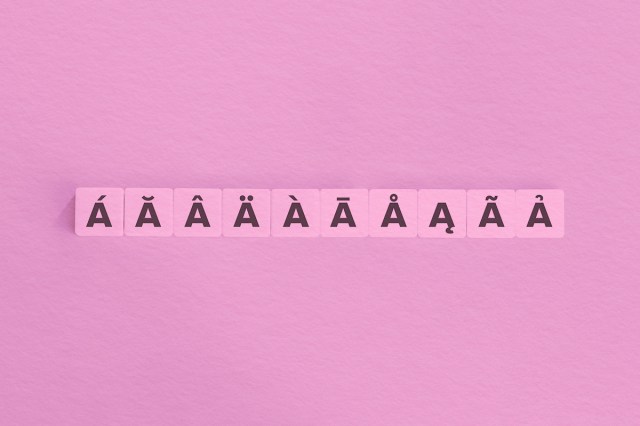
If we say, “Let’s talk about English accents,” you might imagine a refined gentleman taking his tea and crumpets. But in this case, we’re talking about accent marks. While many other languages rely heavily on accent marks to guide pronunciation, English speakers rarely deal with tildes and umlauts (and in the rare cases you do come across an accent mark, odds are it’s a loanword from another language).
In a technical sense, accent marks are called “diacritical marks” — symbols added to letters in order to indicate a change in tone or stress. They include acute accents (é), diaeresis (ä), and cedillas (ç), just to name a few. Diacritical marks are quite common in other languages, as evidenced by many of the loanwords that are now a common part of the English lexicon: café, crème, doppelgänger, château, açai, piñata, the list goes on.
So why doesn’t English have diacritical marks of its own? The simplest answer is likely due to the invention of the printing press. During the 15th century, many early printers eliminated accent marks from words in an effort to make the printing process easier. While most English words have roots in languages with diacritical marks, the accentless versions have become the standard English versions. For example, the French versions of hôtel, début, and façade turned into “hotel,” “debut,” and “facade” in English — same spelling, same definition, no accent marks.















